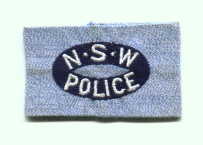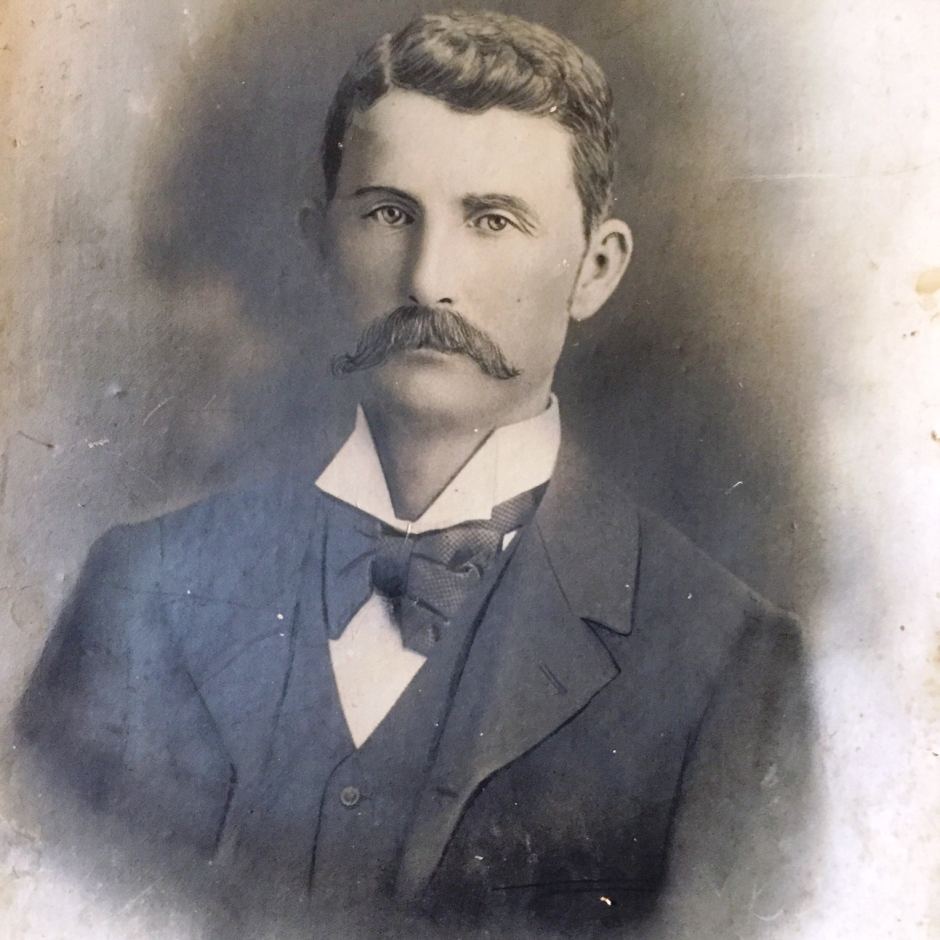William Elsner STEVENS
William Elsner STEVENS
aka Bill
New South Wales Police Force
Regd. # ?
Rank: ?
Stations: ?, Gilgandra
Service: From 11 January 1937 to (retired) 8 November 1961 = 24+ years of Service
Awards:
Queens Commendation for Brave Conduct
awarded 19/05/1956
for his actions during the Gilgandra floods of 1955.
From the London Gazette dated 22/11/1955.
Police Long Service Medal awarded 12/05/1960.
Police Good Conduct Medal awarded 12/05/1960.
Born:
15 July 1913
Died on:
17 December 1980
Cause: ?
Age: 67
Funeral date: ?
Funeral location: ?
Buried at: ?
Memorial at: ?
[alert_yellow]WILLIAM is NOT mentioned on the Police Wall of Remembrance[/alert_yellow] *NEED MORE INFO
[divider_dotted]
Funeral location: ?
[divider_dotted]
FURTHER INFORMATION IS NEEDED ABOUT THIS PERSON, THEIR LIFE, THEIR CAREER AND THEIR DEATH.
PLEASE SEND PHOTOS AND INFORMATION TO Cal
[divider_dotted]
The following is from a recent publication from the Gilgandra Historical Society regarding the 1955 Gilgandra floods and Constable Stevens.
Tales of bravery and selflessness are just as common. Some, who tried to help others in difficulty unfortunately fell victim themselves. The Gilgandra Weekly tells in great detail of the efforts and plight of Mr. Leo and Mrs. Joyce Wrigley who were evacuating their home on horseback when they noticed their two nieces in difficulties as they tried to cross the flooded oval. Mrs. Wrigley suggested her husband put her off on to Blair Adams truck which had bogged earlier in the day while he continued on to help the girls. He couldn’t reach them on the pony, suddenly the girls who had been hanging on to a tree guard were swept downstream. Managing to catch the branches of a tree they held fast while Mr. Wrigley tried with two other horses to rescue them. The current too strong swept the horses along and Mr. Wrigley was thrown off and would have drowned but for the efforts of a Claude Donavan who pulled him clear of the rushing waters.
Along with his creamy horse ‘Silver’, Gilgandra’s Police Constable Stevens figured in many rescues, and it was he who engaged a motor boat in an attempt to save the girls. But, as was the case in other rescue attempts in town, the motor wasn’t strong enough and the boat washed round and round in the swirling waters and finally rammed itself into the bank 200 yards downstream. Meantime two men swam out to the girls and stayed with them all night in the tree. Mrs. Joyce Wrigley sat on the hood of the truck with water lapping around her knees, then throughout the night, as they did with others who were stranded, men carrying torches and searchlights flashed the beam towards Mrs. Wrigley and those in the tree.
The force of water was so strong that at daybreak Constable Stevens encouraged Silver into the cold waters near Wrigley street. From there he was swept along half riding, half swimming until he was able to reach Mrs. Wrigley. Giving her strict instructions to hold tight to the saddle they made their way against the current back towards Wrigley Street. When they had reached the vicinity of the Services Club Silver began to succumb to the force of water going under several times, their weight pulling him down. Constable slid off and grabbed the mane, Mrs. Wrigley still held tight to the saddle. The horse was swept over on its side, but Stevens had the presence of mind to unbuckle the saddle and bridle telling Mrs. Wrigley to grab on to a small Kurrajong tree, once freed the horse was swept against another tree which held him and allowed him to rest.
Constable Stevens and Mrs. Wrigley were finally pulled from the water by Bobby Walker and his brother who, stranded on a rooftop nearby, managed to secure a piece of wire to the house, the other end was thrown out and tied to a tree. This allowed the pair to pull their way out of the water, effectively saving both their lives.
Further info was supplied from the Gilgandra Historical Society “Following the flood Bill was instrumental in obtaining bravery awards for locals, John Walker, Bob Walker and Barry Priddis, who assisted townsfolk during the floods. It is also understood he was one of the key people who commenced the Gilgandra Youth Club. He also assisted in settling Aboriginals from Walgett and Brewarrina to Gilgandra and Balladoran. It is believed that he resided in Gilgandra for approximately 6 years. He was not a Mounted Police Officer, horses were just another mode of transport in the time he was in Gilgandra and most of the police owned one.
The historical society have his middle name as Eisner but an article has it spelt Elsner and It’s an Honour has it as Elsner and he may have left Gilgandra sometime in 1972.
[divider_dotted]
Canberra Times (ACT : 1926 – 1995), Tuesday 22 November 1955, page 5
AWARDS FOR GALLANTRY IN N.S.W. FLOODS
SYDNEY, Monday.
The Queen has conferred awards for services during the floods of last February and March.
The awards were announced by the Governor, Sir John Northcott, and the Prime Minister, Mr.Menzies, yesterday.
……….The Superintendent of Newcastle Police, Peter F. McLouglin or McLachlan, and Mr Ian Stuart Black, of Denman, receive the British Empire Medal.
The Queen’s Police Medal for gallantry was awarded posthumously to Constable Bernard Alfred Orrock, of the Sydney Water Police who was killed during rescue operations.
The Queen’s Commendation for Brave Conduct was awarded to four policemen and four civilians.
They are Senior Const. William Elsner STEVENS of Gilgandra. Const. 1st Class Marius Joseph William John BOURKE, Const. 1st Class Rudolph Luvaine MUNNS, Const. Svend Aage IVARSSON, of the Sydney Water Police, and Messrs. Claude Reynolds of Bundarra, Gordon Ernest Davis, of Moree, Robert Edward Montgomery, of Moree, and Keith Arthur Bennett, of Moree.
……..
http://trove.nla.gov.au/newspaper/rendition/nla.news-article91212609.txt
[divider_dotted]
They Sydney Morning Herald 22 November 1955 p3
Inspector Peter McLachlan, of Newcastle, who was awarded the British Empire Medal, personally took part in more than 100 rescues in the Singleton district.
He was without sleep for four days and nights directing dozens of other rescue operations, including the organisation of an aerial flood lift into Singleton, and emergency accommodation for hundreds of homeless people.
Constable Bernard Alfred Orrock, 24, of Alpha Rd, Willoughby, who was awarded the Queen’s Police Medal for Gallantry ( posthumous award ) was attached to the Water Police when he was electrocuted on an Army duck at Maitland on February 26.
The duck on which Orrock was travelling hit a 66,000 volt high tension wire near the Maitland railway bridge while trying to reach 100 people who were stranded there.
Before he was killed he assisted in the rescue and evacuation of about 70 people.
Constable Marius Joseph William John Bourke, Rudolph Luvaine Munns and Svend Aage Ivarsson, awarded the Queen’s Commendation for brave conduct, are all of the Sydney Water Police.
Washed Over Dam In Boats
There were in two police flood boats, which were washed over a dam, near Singleton, while trying to get Inspector McLachlan into Singleton at night.
Constables Bourke and Ivarsson later in Singleton, took part in scored of rescues under Inspector McLachlan.
Constable Munns worked with Constable Orrock at Maitland and took part in more than 100 rescues.
[divider_dotted]



One Comment